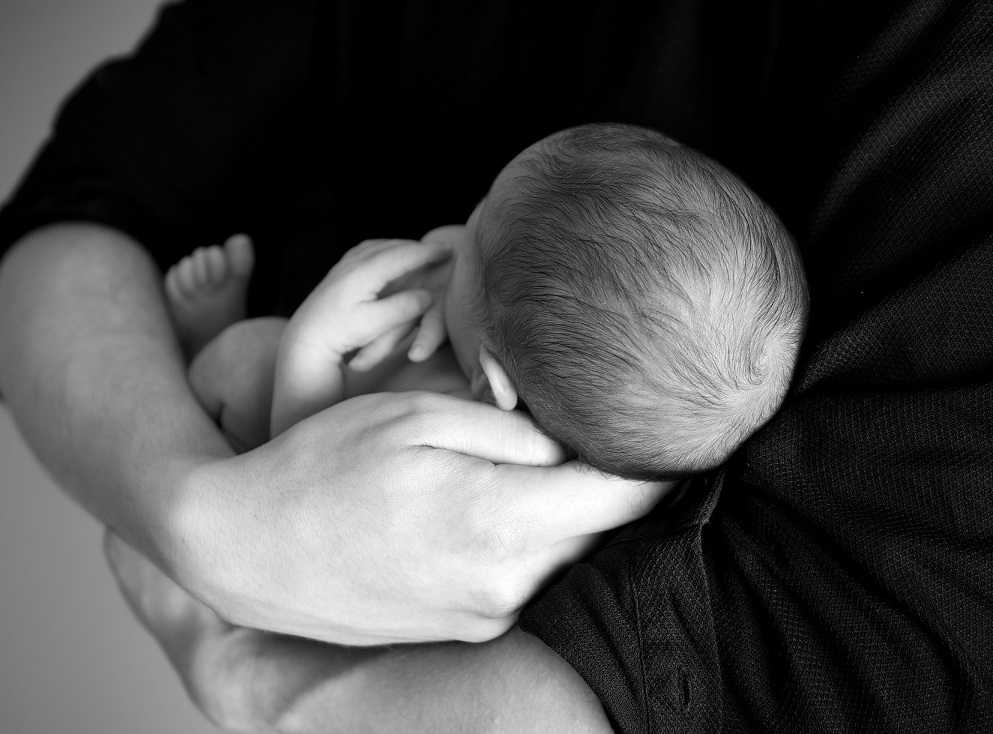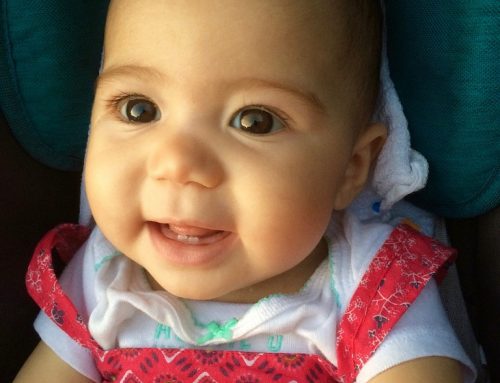Mundan – to do it or not to do it for your baby? Are you bogged down by this question? I know many parents who are not keen to shave off their baby’s hair but come under immense family/social pressure to perform the Mundan ceremony. Some outrightly reject it as an archaic ceremony, but few months of a little hair growth on baby’s scalp and they are ready to convert :-). Some just plainly refuse to do it. Or some just perform the ceremony without questioning the science or tradition behind it!
So what should you do? Does Mundan stimulate baby’s hair growth or improve hair thickness? Why is Mundan ceremony socially relevant? Read more to understand if there are any real merits to the socially propagated benefits of Mundan.
Shaving off baby’s first hair is an old ritual
Many cultures, across different parts of the world, perform the ritual of Mundan or shaving off baby’s first hair. It is performed for various reasons and has a different protocol for conducting the tonsure.
India is a land of varied customs and traditions. We are blessed to have a culture which celebrates various aspects of life from birth (including conception) to death. Various milestones celebrated traditionally for a child were baby shower, child’s naming ceremony, first solid food, shaving off baby’s first hair, initiation into formal education, etc.. In fact, as per the Hindu scriptures, there were 16 such ‘rites of passage’ that were traditionally celebrated (from conception to death). Even Jainism and Buddhism have different ‘rites of passage’ ( which are ceremonies to mark the occasion/passage/milestone when a person leaves one group to enter another).
While some of these traditional ceremonies were lost with time, some continue to be socially popular. Mundan comes in the latter category.
Mundan, also known as Chaula, Choodakarana, is a ritual to tonsure or shave off the baby’s hair for the first time after birth. Traditionally people did it in the first, third, or seventh year of a child’s life. Based on the community or the region, there are different:
- Reasons for doing Mundan
- Ways of doing Mundan
- Age groups of the baby when tonsuring is done
- Places for performing the tonsure
- Names of the tonsuring ceremony
In India, different religions, and not just Hindus follow the tradition to shave baby’s first hair. While some communities do it for both a boy and a girl, some communities perform this ceremony only for a baby boy.
What’s your reason for doing Mundan
In India, different reasons prompt parents to perform the shaving off baby’s first hair. Some of the popular reasons are:
- Get rid of the past life’s negativity
- Cleanse the child’s body and soul for mental and spiritual development
- Help relieve/distract the baby from the teething troubles
- Improve the thickness & texture of hair
- Family/social pressure to perform this rite of passage for a child’s well-being
What does science say about tonsuring
Are you planning to do Mundan for improving your baby’s hair thickness and texture? Well, the bad news is that it is not going to help. Genetics decide the texture, colour and thickness of the baby’s hair.
Then why do so many people believe that Mundan has a more prominent role to play in dictating baby’s hair thickness and texture?
Decoding the Mundan and hair quality/quantity myth
We here a lot of stories like “someone’s baby I know, had thin hair and the thickness or texture improved after tonsuring”. Well, let us try to decode this.
1. Baby gets mature hair gradually – It’s not the same as birth hair
Now we know that as the baby grows, his skin colour, his facial features change. Sometimes over 1-3 years of age. Same happens with the hair as well. Baby’s birth hair sheds off, and mature hair grows gradually. Many babies are born almost bald while some are born with luscious hair. Whichever the case, baby’s birth hair is usually very soft (compare to the mature hair that comes later). And, babies usually shed most of the birth hair by 4-6 months of age. Both of these factors combined, for parents of an infant, especially of a baby born with a scalp full of hair, shedding may be alarming, but it is normal.
The mature hair starts growing slowly after the shedding. It takes anywhere between 1-3 years (or even more) for the baby’s scalp to develop mature, thicker hair. And this hair may have a different colour or texture compared to baby hair at birth.
Now usually Mundan ceremony is done at 1st or 3rd year of baby’s birth. This is also the time when baby’s hair is growing/maturing to become thicker as per the natural cycle. Also, shaving makes the hair shaft blunt instead of natural tapering shape, which gives the “appearance” of thicker re-grown hair. The hair actually does not get thicker. Now, is the co-incidence less surprising that hair after Mundan appears thicker? No. Are you not convinced yet?
2. Genetics determine the texture and hair colour
Secondly, and very importantly, hair follicles and its shape and size decide the hair colour, texture and thickness. And genetics govern the follicles [2].

source: https://goo.gl/RN73NS
The hair visible on the scalp is just the shaft. Shaving hair only removes the hair shaft. The hair follicles, where the formation and growth of hair happens, are deep down in the dermis layer. The tonsuring (even when the ceremony is done at a holy place or with all the chanting) does not affect the follicles.
Since the follicles determine the texture, colour and thickness of hair that one would have as a grown up. So we cannot change a person’s curly hair into straight or fine hair into thick. If it was possible the business of flat irons, curling products, and straightening creams wouldn’t have flourished.
A healthy diet, rich in proteins and micro-nutrients, would promote good hair growth. But a razor wouldn’t.
Note: Many parents observe that post-Mundan, baby’s hair texture becomes rough. Again, the blunting of the shaft gives the rough feel, hair texture doesn’t change due to shaving.
So should you shave off your baby’s hair or not
As a parent, you have to make a choice. There is no scientifically proven benefit of performing Mundan for improving hair texture/thickness.
So if there is no scientific reason, do you believe in the mythical reasons for shaving off baby’s hair? I hope you don’t! So, should you still do it? Well, you can still do the ceremony as a social celebration/gathering (the traditional intent). In the presence of family or a bigger social circle. Do it if you and your baby are comfortable. If done carefully, there is no harm in shaving off baby’s hair either. And you can find an experienced person to shave the hair without hurting the baby’s scalp.
Conclusion
Mundan has no scientifically proven benefit to improve baby’s hair quality or quantity. If you decide to do Mundan as a social/tradition celebration, do it through an experienced person. Ensure you and your baby are comfortable with the shaving.






Leave A Comment